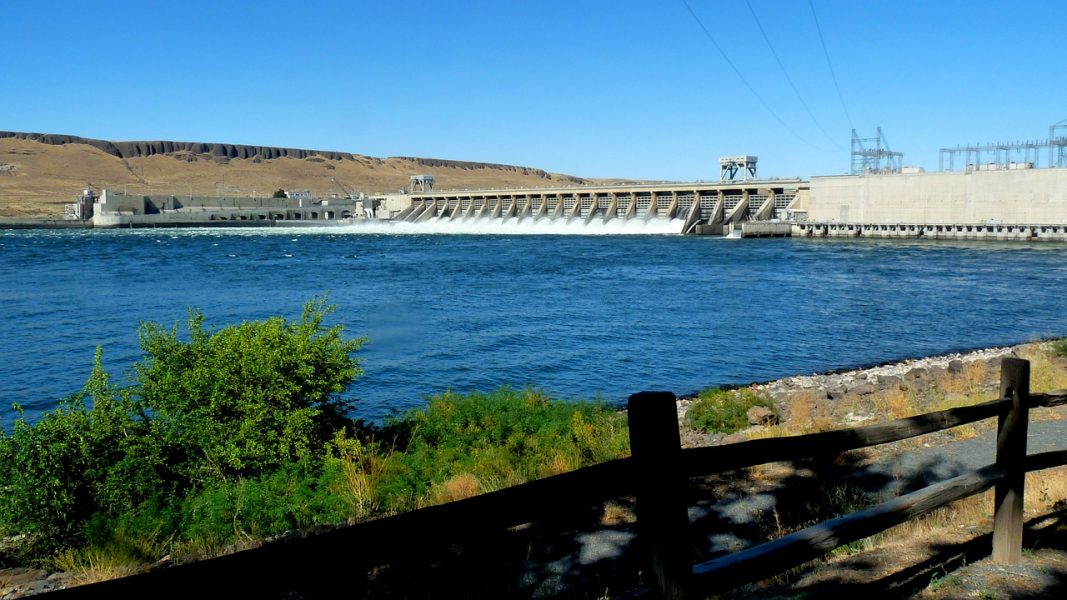Water is essential to human life and health, but too much of it in the wrong place quickly becomes a hazard. Projections of global change suggest that extremes of drought and flood will increase in the future. To treasure the water we have, and adapt to extremes, a core function of water science is to measure the quantity and quality of water in our rivers, lakes, soils and aquifers. Hydrologists collect this data all over the globe and use it to understand and forecast water resources and hazards.
-

A summary of uncertainty in hydrologic data: sources, analysis methods, and advantages of quantifying uncertainty.
However, nothing in life is certain, and hydrologic data is no exception. Even under the most careful measurement conditions, hydrologic data suffers from multiple sources of uncertainty that can lead to decision-making and policy errors if not properly accounted for. For example, rainfall data are uncertain because we take measurements at a few locations and scale up to entire watersheds. River flow data are uncertain because we actually take measurements of water level and convert to flow using simplified assumptions. Overall, hydrologic data typically has error bounds in the range ± 10-40%.
In this WIREs Water article, Assoc. Prof. Hilary McMillan of San Diego State University and her colleagues set out to discover the magnitude, causes and impacts of hydrologic data uncertainty. Their work shows that fundamentals of hydrologic science, such as developing and testing hypotheses about river flow and water availability, rely on accurate knowledge of data uncertainty. The team examine how hydrologic data are used in understanding environmental processes, creating forecasting models and guiding water management. They show how confronting our uncertainties leads to better water management outcomes; for example in negotiating and achieving environmental goals through financial incentive schemes, or in calculating cost-benefit trade-offs in flood protection infrastructure.
The research concludes with a look to the future. As water scarcity, inequitable access and pollution become ever more pressing, hydrologists will be increasingly exposed to political dispute. Openly discussing the successes and limitations of our knowledge of water will be essential to build trust with water managers and with the public.
Kindly contributed by Hilary McMillan.

















